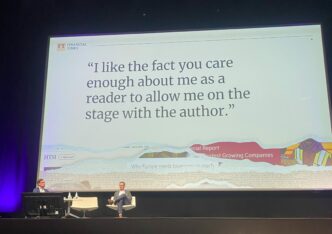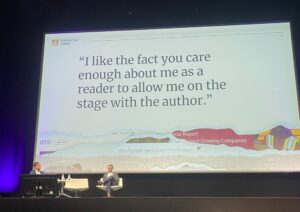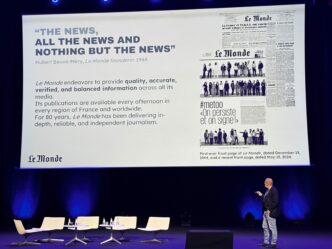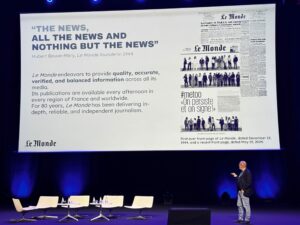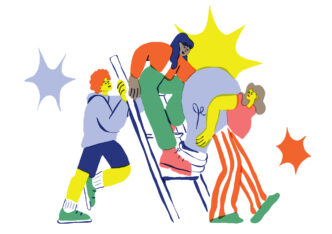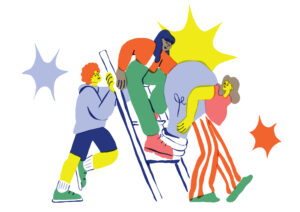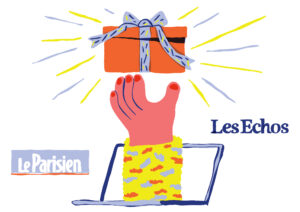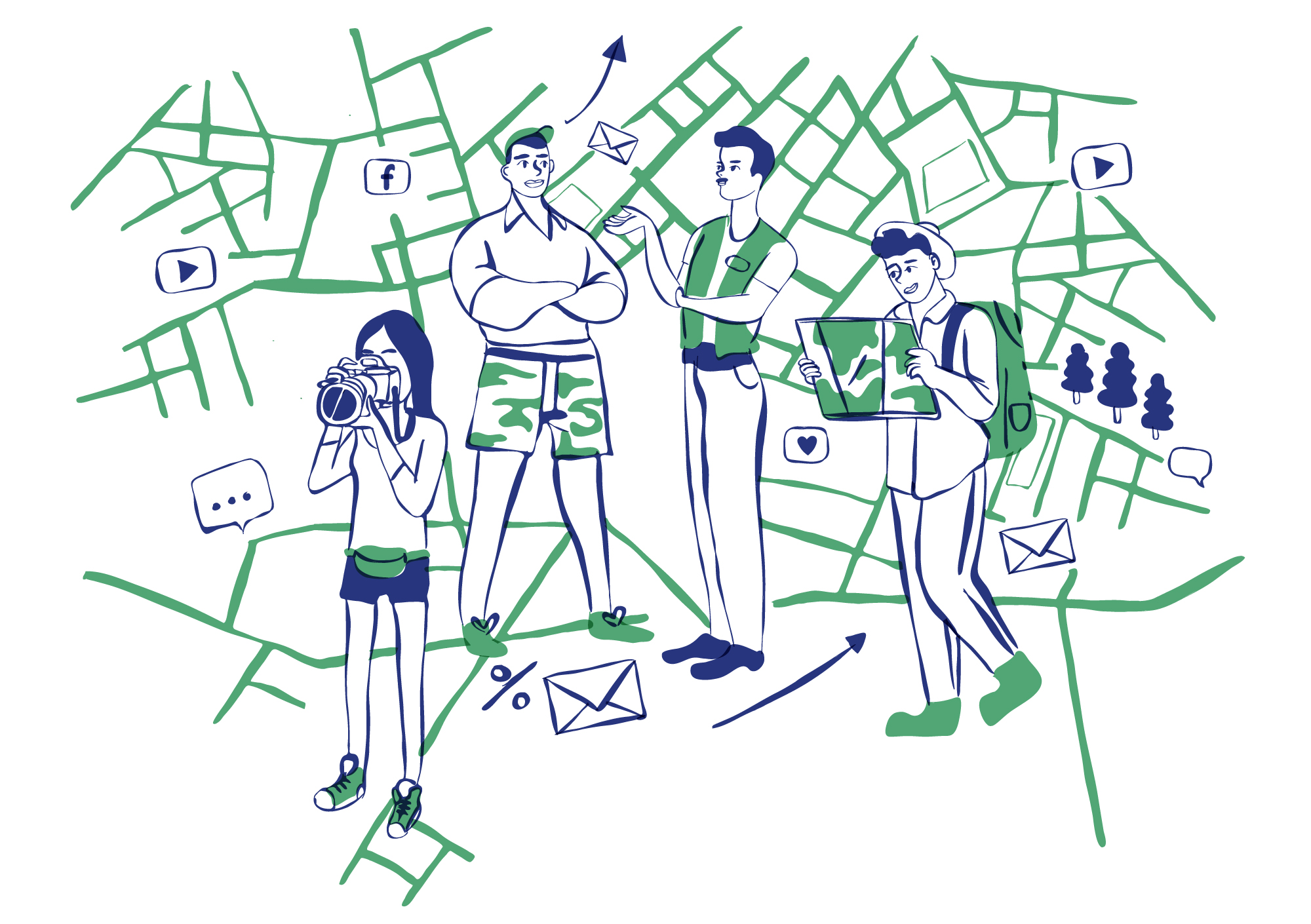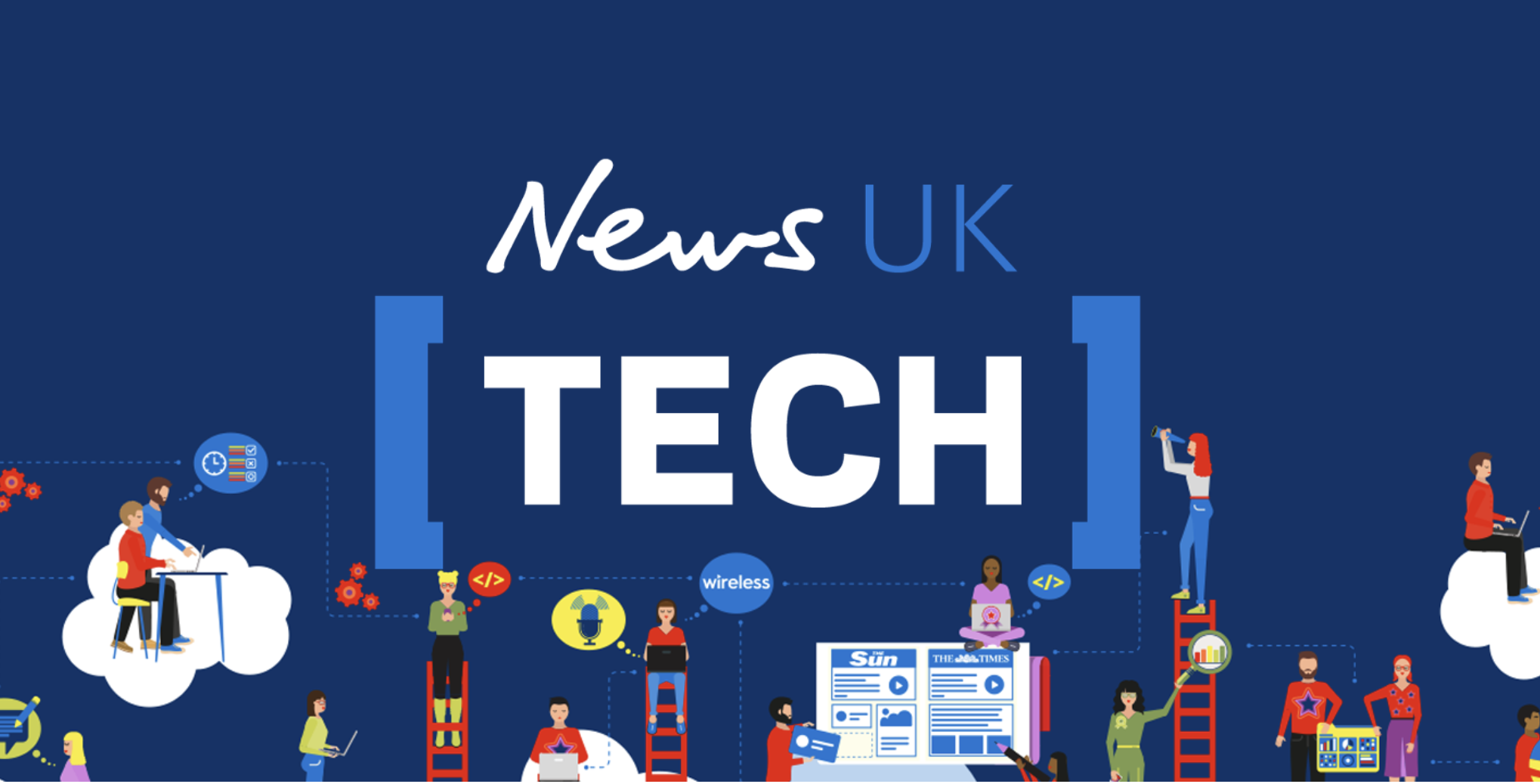

Joe is Lead Business Analyst across the Data Technology team at News UK and has recently been particularly interested in how his team can build collaborative ways of working to help deliver solutions that are both useful and usable.
News UK is home to some of the UK’s best-known content — The Times, The Sun, Virgin Radio and talkSPORT — which we deliver to our customers through our websites and apps.
In the Data Technology team, we bring together the data around customers’ registrations and interactions with our digital products into our Google BigQuery data warehouse, the Universal Customer Profile; this is extensively used across the organization by our users in the Analytics, Campaigns, Data Science and Digital Advertising teams. We have a wide range of digital products, many hosted on our behalf, so we work with a large number of data feeds, both internal and external.
So whilst in principle our work has much consistency — data ingestion, warehousing and presentation — there is much variation with respect to the data feeds and the needs of our users across the organisation, and this can present us with some challenges:
- Technical: the source data structure may not match the presentation structure needed by our users
- Contextual: as a technology platform team, we can find ourselves rather distant from the wider commercial context of our users’ needs
- Temporal: we can find ourselves included in initiatives late on, which can make it harder for us to implement the most effective solutions
To help us address these challenges, we have developed a collaborative way of working, which we have used successfully across a number of our projects large and small; and whilst each project is different, all have adopted the same three interlinking principles of Culture, Collaboration and Coherence.
Culture
The foundation of our approach is Culture. Within a project, rather than considering Data Technology and our users separately, we consider everyone as one group — we just happen to come from different parts of the organisation — coming together “in the middle” to deliver the project; and the working style is personable and “informally formal”, with lots of talking and getting to know and understand each other.
Working this way helps build the group’s identity, trust and goodwill, and so helps promote more open, fluent interaction, and sharing of work; and above all it makes the project much more enjoyable for those involved.
Collaboration
The second principle is Collaboration, keeping the group connected as things progress. For this we use tools such as Google Docs and Slack. The group has its own Slack channel and we have developed a set of analysis tools based on Google Docs that support us working together throughout the implementation:
The tools borrow best practice extensively from other disciplines and approaches:
- The Business and Solution Canvases draw from the Agile Canvas, each canvas containing a set of tiles covering different aspects of its content, which allows the group to see an overview of the context of the project or the proposed implementation; the tile structure also guides the group as to what information is needed and to what level of detail.
- The User Story Template draws from the agile “As… I want… So That…’’ pattern, taking a tabular structure, which allows the group to review a collection of stories as a whole, and to add additional information as the design and implementation progress.
- The Presentation Wireframes draw from User Experience, showing the potential presentation of a table, which helps the group to agree on a suitable structure, and supports discussions around further requirements both before and during implementation.
- The Progress Maps draw from Data Visualization, using colour and iconography to present a high level view of scope and progress, which helps the group to see any problems that may be arising, and gives context to discussions around amendments to scope.
We keep the information design of the tools deliberately uncluttered to reduce the overhead of using and maintaining them; and as much as possible, we use the tools consistently across projects, so that it is easier to use them on each new project.
Coherence
The third principle is Coherence, keeping the group together in the middle as things progress. We design the tools collaboratively with our users so that their format and usability are appropriate to allow all members of the group to contribute to their content. So the tools can be used by the group as iterative working documents to build up a shared view of the information; and the tools complement each other to build up an overall, shared view of the project as things progress.
We also promote Coherence within meetings and communication. Where possible, we favor group meetings and messaging rather than one-to-one, and we use the single view of the tools to help keep the group aligned on the direction and progress, and to resolve problems together.
Benefits of our approach
It takes effort to build and facilitate the collaborative culture within each project; and it has taken time to evolve the tools, and for the approach to become adopted routinely as the way of working by both the user and Data Technology teams. However, we have found that adopting the approach brings considerable benefits to our work:
- Working as a collaborative group around a shared view of the project helps to avoid inconsistencies and misunderstandings, and to resolve problems and reach agreements more easily; and promoting the culture of working as a group helps counter any tendency to drift back to less collaborative, back and forth working.
- Having consistent tools with an agreed, usable format has substantially reduced misunderstandings around what information is needed and its relevance.
- Above all, the approach is consistently well received by both Data Technology and our users, who give very positive feedback about our projects, which has helped adoption of the approach as its benefits become apparent.
Whilst we have developed and applied our approach and tools within our Data Technology team, its principles could be adopted by any team or project:
Ultimately, as described above, the foundation of our approach is Culture, the “people bit”: wanting to work well together with others leads naturally to tools and ways of working that promote this.

